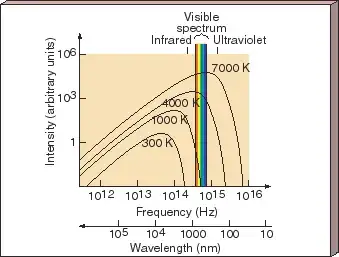I been thinking if temperature is a basic property of macroscopic objects rather than of quantum or microscopic objects and it is as a result of average kinetic energy of particles residing in the object either through movement of vibration.
That being said, its also described similarly in Wikipedia thus I'm sure it is a good description of temperature however this is the only description I'll use for this question but there are way more descriptions of temperature.
That however is similar to sound which is also as a result of vibration in an medium which will result in transfer due to vibrations and movement of particles being oscillated through the medium which will transfer the energy across.
That being said cant we detect a temperature just by hearing it using a detector but obviously we have to know its vital information like density of the medium and density of the material and such but not the temperature of the object
Can this be possible?
I'm in middle school so please excuse my lack of scientific knowledge therefore if any descriptions are mathematical please explain it.
